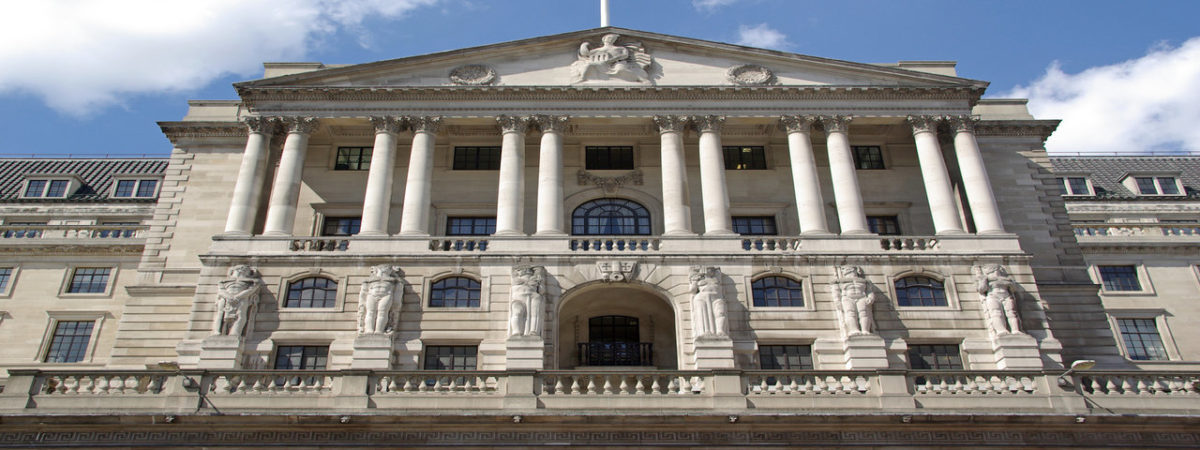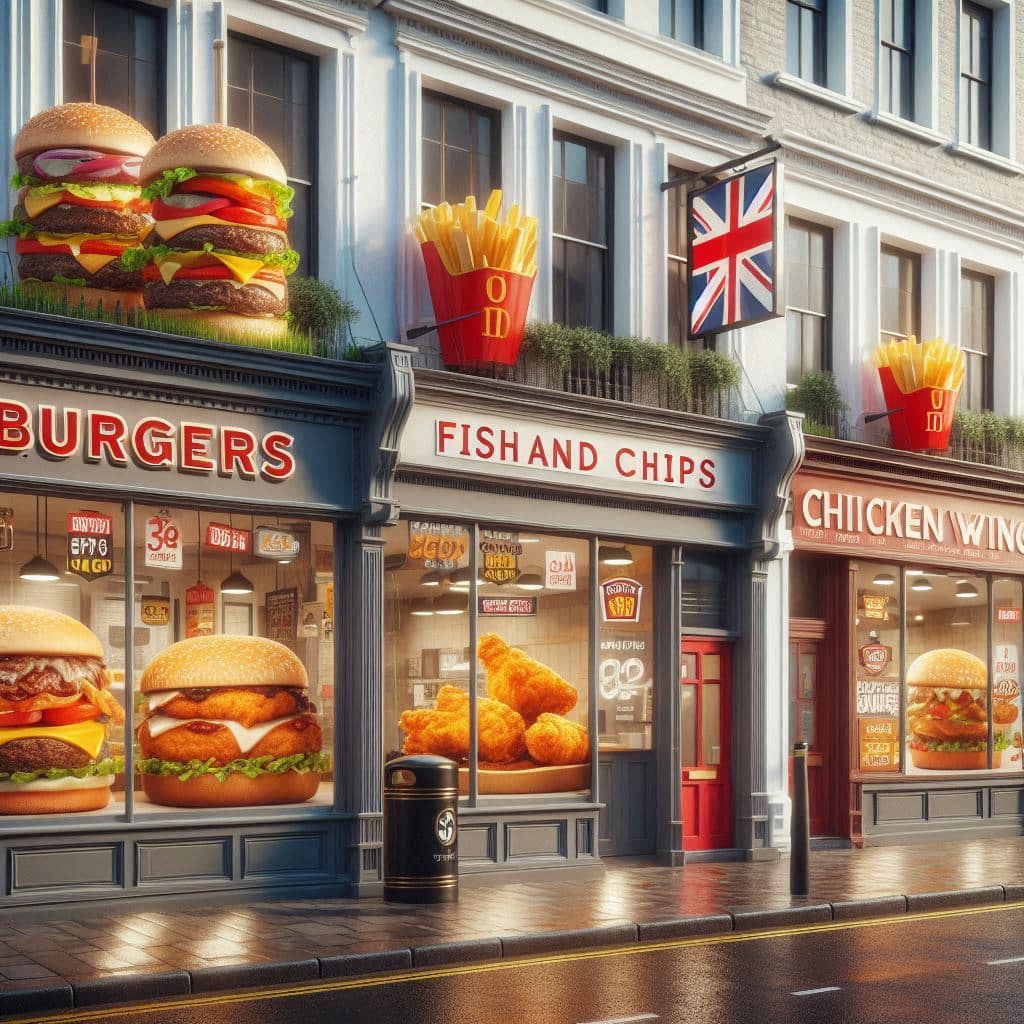Protect rail workers, reward key workers, suspend fuel duty
SUGGESTED



The average commute to work for a UK resident is nearly 10 miles each way, ruling out walking or cycling for all but the most athletic, and this is reflected in the statistics. Around 70% of all miles commuted to work are by motor vehicle, less than 3% by walking or cycling. The rest is public transport, divided roughly into two-thirds surface rail and one third everything else. Many workers then will have no choice but to use a car if they want to work. If public transport capacity is down to 10%, some 2-3 in every ten workers who want to work will have to drive, or stay in lockdown.
The guidance then turns public policy on its head. In normal times the government actively seeks to encourage public transport and discourage private vehicle use. This is to reduce congestion and pollution – both social harms, pay for road building, and as a tool for raising revenue. If the UK is temporarily reversing policy it makes sense to temporarily reverse some incentives to encourage the change. Suspending fuel duty, which can be easily varied by end suppliers at the pump on a daily basis is an obvious, quick and simple policy to implement. It is one the public will readily understand. The price at the pump will fall from around £1.20 to 50p a litre.
Fuel Duty is charged at 57.95p per litre of petrol or diesel (or their bio-variants). It normally raises around £28 billion a year or £82 million a day. It raises a further £16.4 million in VAT, given it is applied before the VAT is added to the combined cost of the duty and petrol at the pump. It nets the Treasury then around £100 million a day.
Since the lockdown vehicle use has fallen 80%, so we might assume current receipts are around £20 million a day. This is not a perfect assumption – it depends which vehicles are still used – but given only 300,000 vehicles on the road today are electric, within a UK fleet of over 38 million, and diesel powered trucks and other delivery vehicles have disproportionately stayed active, it’s reasonable.
Moving from lock-down to loosening will not mean the full restoration of normal times. Many industries remain closed, notably those involved in transport and food services, both of which require complex supply chains and multiple service journeys. Guidance for most service workers remains work from home if you can. There will then be a rise in journeys from 20%, perhaps to 30 or 40% of normal times, but not 100%.
The cost of the policy then is not £100 million a day, but somewhere between £20-40 million or £0.6-1 billion a month. In the context of the estimated £8 billion a month the Treasury is already spending on lockdown policies, this is not a large sum – and where the commute removes a worker from furloughing (a large part of the costs) it’s a substitution cost, not additive.
The principle beneficiaries of the policy will be NHS workers, care workers, delivery drivers and others currently keeping the economy and population on life support. To which will be added those charged with reviving it, principally in manufacturing and large capacity retail. Disproportionately it will benefit workers outside London, and politically it will benefit exactly the ‘left-behinds’ and non-metropolitan workers believed to have been decisive in the last election.
Politically the policy is likely to be popular. Fuel Duty rises under the escalator introduced in 1993 became toxic such that there were sometimes violent protests between 2000 and 2007. As a result there hasn’t been a rise in the duty since 2010. Today’s rate is the result of a 1p cut in 2011.
Those that will be most concerned by the policy are environmental groups, those investing in electric vehicles and hybrids, and revenue hawks. All groups however should be reassured that the policy is temporary. It could definitively be set up this way, building cancellation or scaling back alongside the achievement of VIRCOM levels 2 (wider opening) and 1 (virus defeated).
The net impact on emissions would be close to zero. If workers have to use private vehicles not public transport, there is no environmentally superior option on offer. Any CO2 or air pollution increase or rather reduced reduction of emissions from normal times is caused by the return to work, not this policy. Environmental protests against such a policy would be misdirected.
Investors in low-carbon power trains should not be concerned by a temporary market incentive. The future remains low-carbon power: the number of new electric vehicle registrations in the UK prior to the lockdown had risen to 10% of the fleet and is expected to continue to rise. Few will invest in a vehicle they then hold for ten years on the basis of saving a few pence on petrol over the course of 1-3 months in one year. And most of the change is driven by fleet buyers who are even less likely to buy something they then can’t easily resell in the used vehicle market.
A policy to suspend Vehicle Excise Duty and to encourage the purchase of new petrol or diesel cars conversely would be very clearly anti-environmental and anti-electric. This is not proposed. Extending the policy of suspending the Congestion Charge in London would be pointless: London’s streets are too narrow and parking inadequate to cope with a major uptick in car use. This is not proposed. Both green groups should be reassured their views have been considered. Fuel duty will return when the incentives need to be reversed again.
Treasury hawks conversely might see fuel duty as a useful palliative to pay for other policies, particularly if it is even more unavoidable as the result of public transport collapse. That is a reasonable fiscal position but prioritises the short-term balance sheet over measures to restart the economy. It is not unusual for the Treasury to risk deeper fiscal harm in this fashion, by modelling only the static, not the dynamic impacts of policy on government receipts. However, if the plan is to increase debt to protect jobs, this policy is as sensible as any other, only with better political incentives.
In summary then, protect rail workers, reward key workers, suspend fuel duty. The government can afford to do so, it would be popular, and it would be exactly the right signal to send to restart the economy.
2 thoughts on “Protect rail workers, reward key workers, suspend fuel duty”
Comments are closed.





“The average commute to work for a UK resident is nearly 10 miles each way…”
I suspect that this figure is misleading and is inflated by a relatively small number of long distance commuters. The median commute distance would tell us more – and I would guess that it is under 5 miles.
Don’t just suspend fuel duty.
Cancel / rescind the CCA, instant drop in all energy costs, loads of activities become economic again, the let the little platoons work their magic.